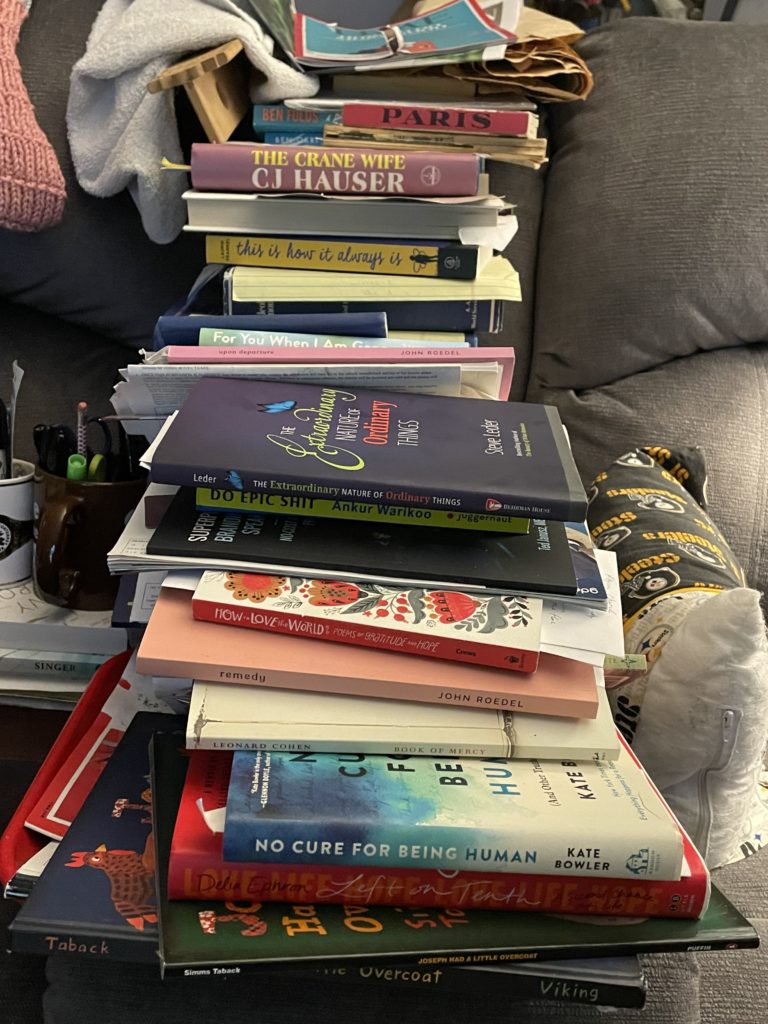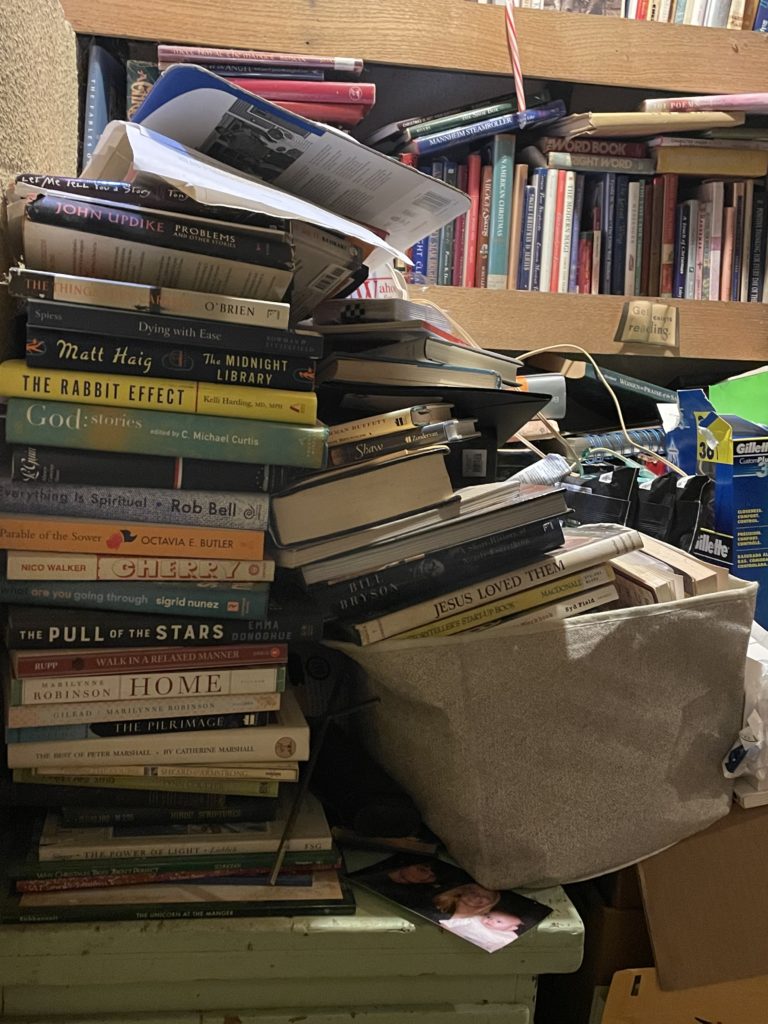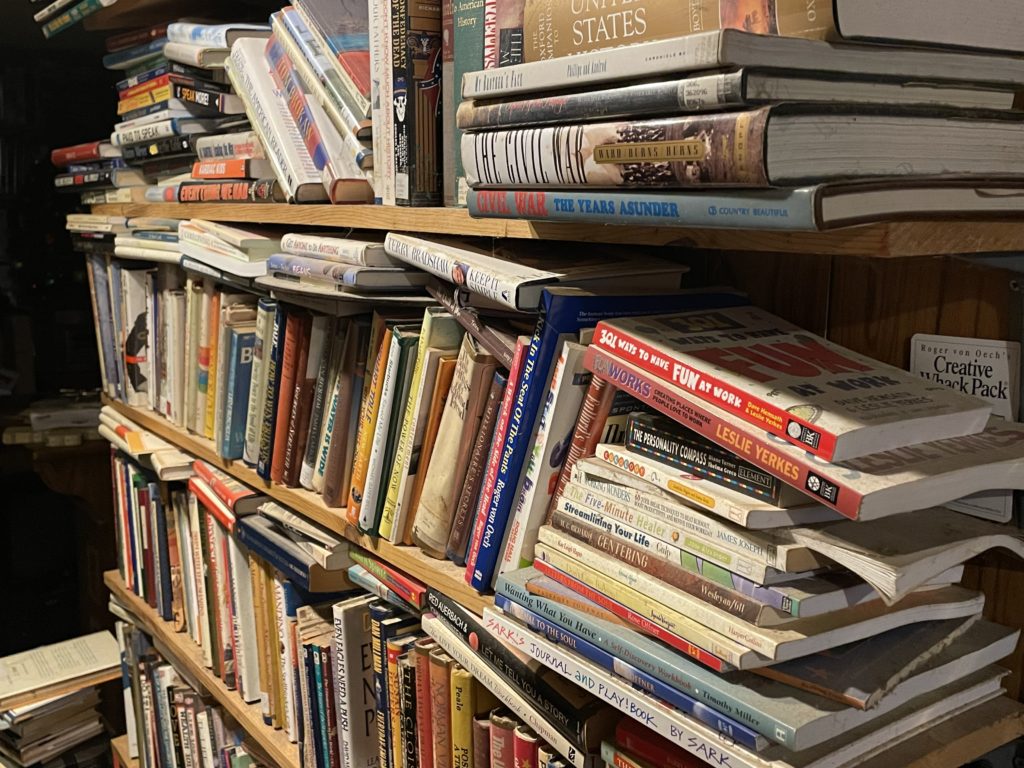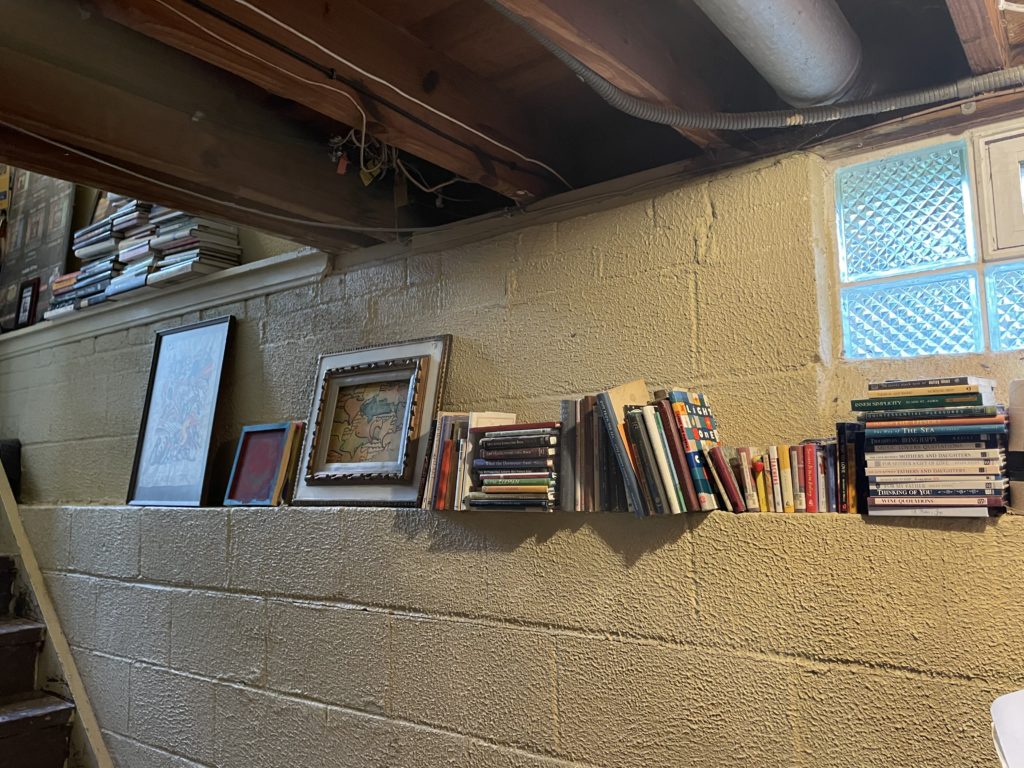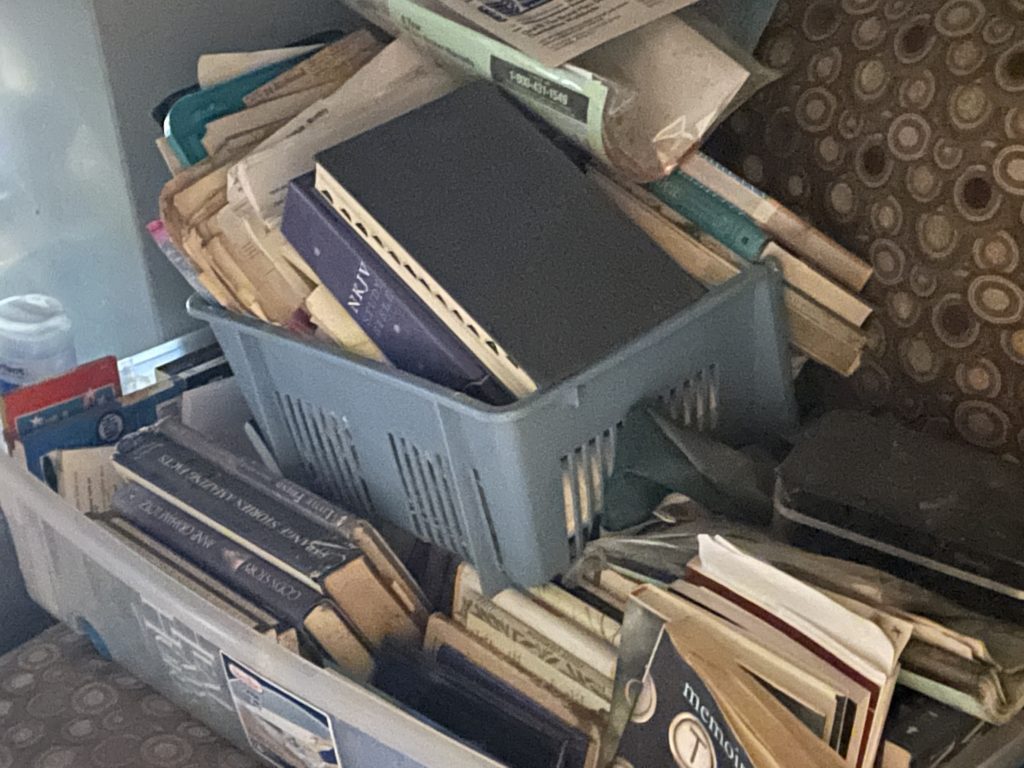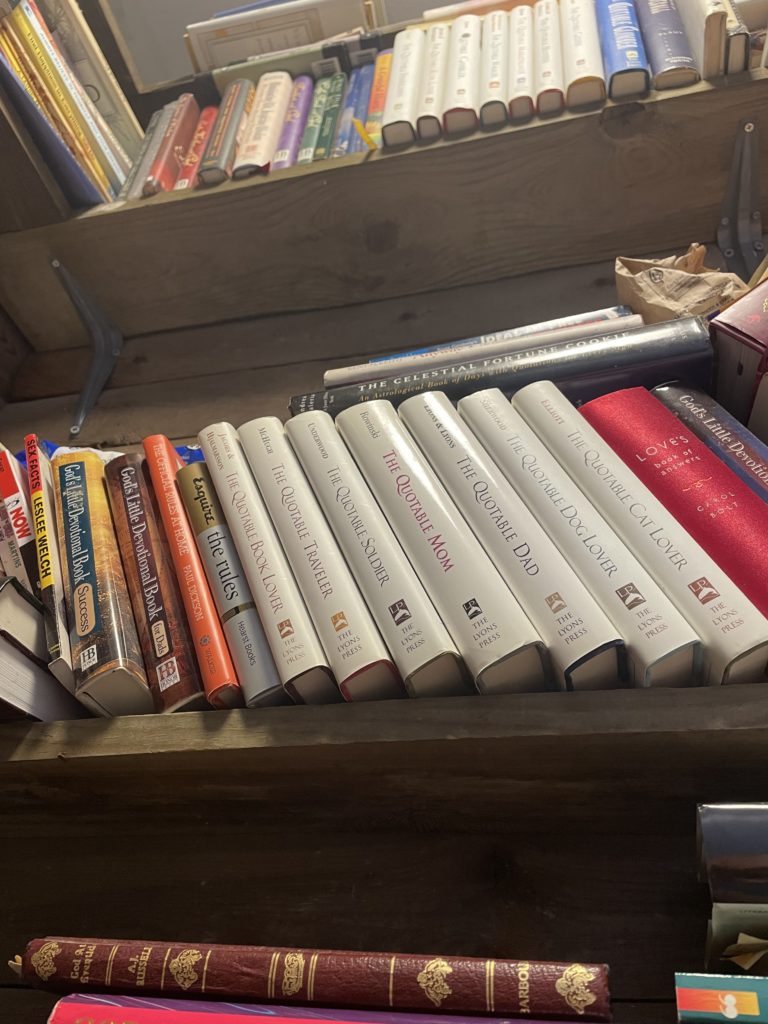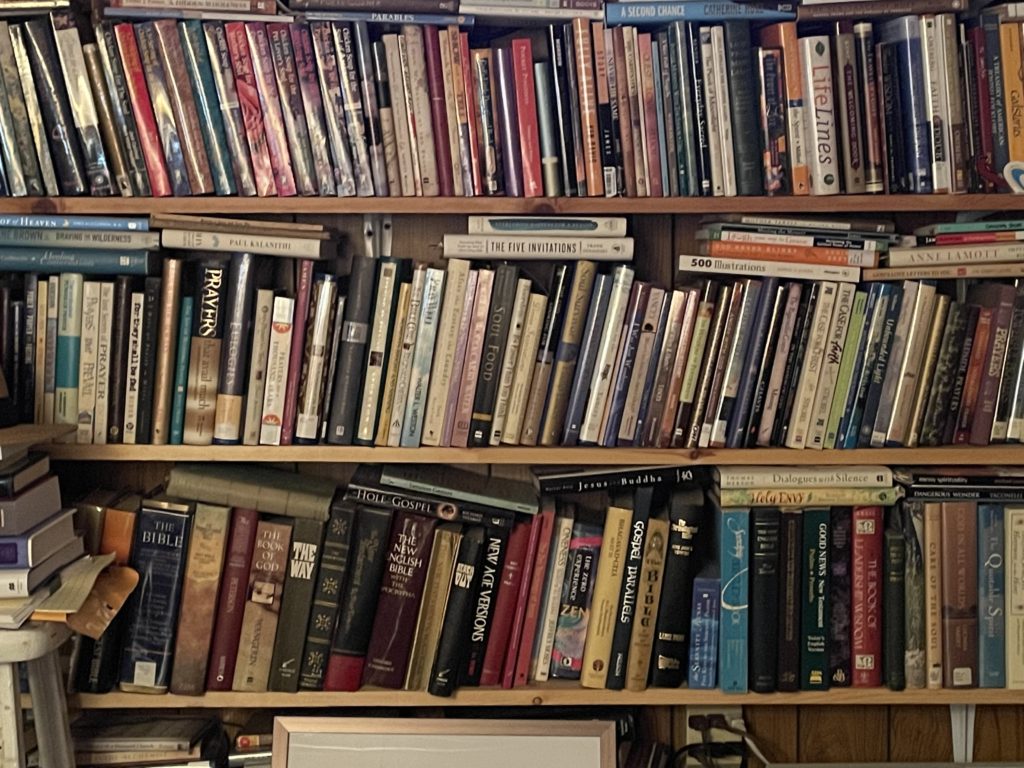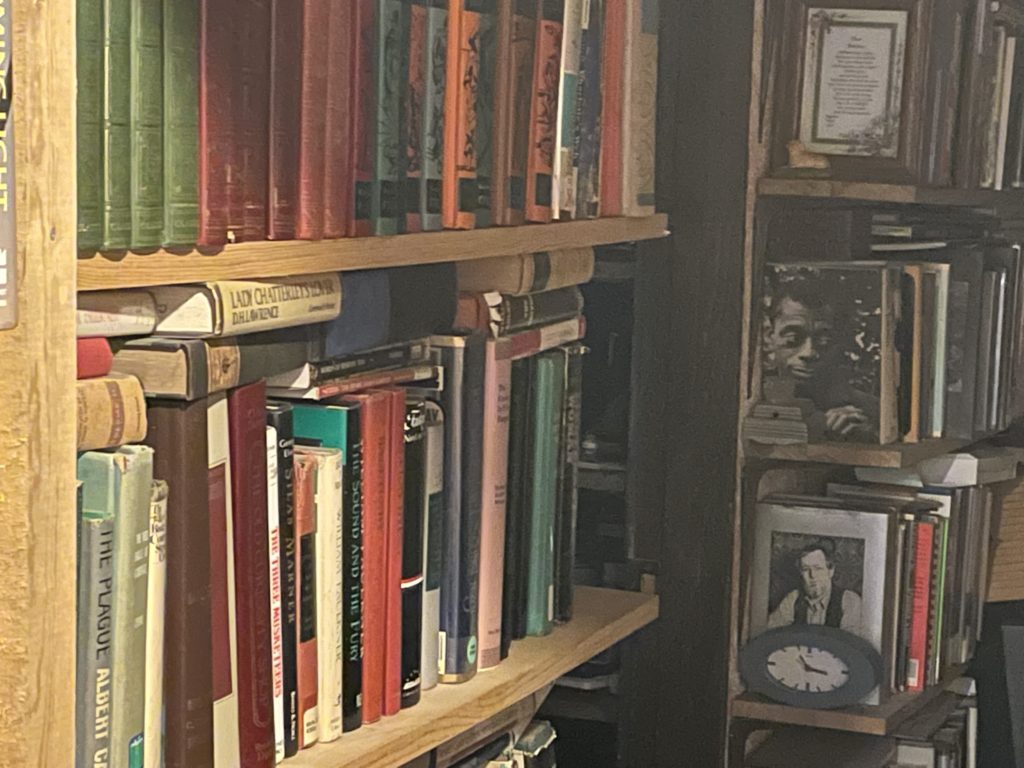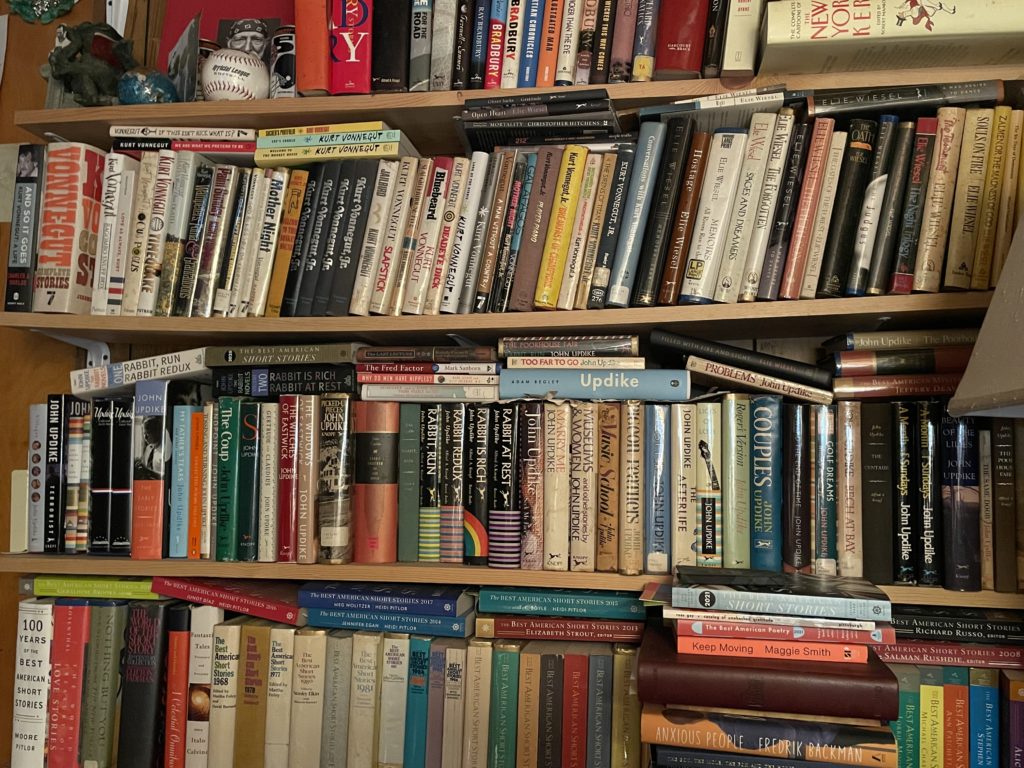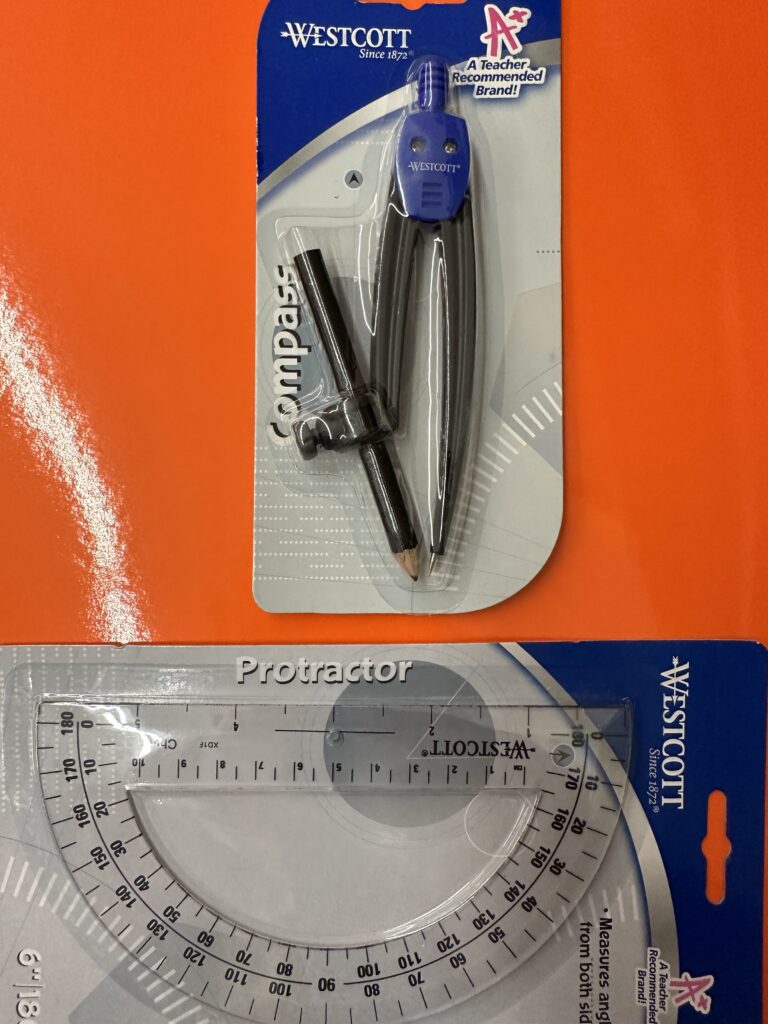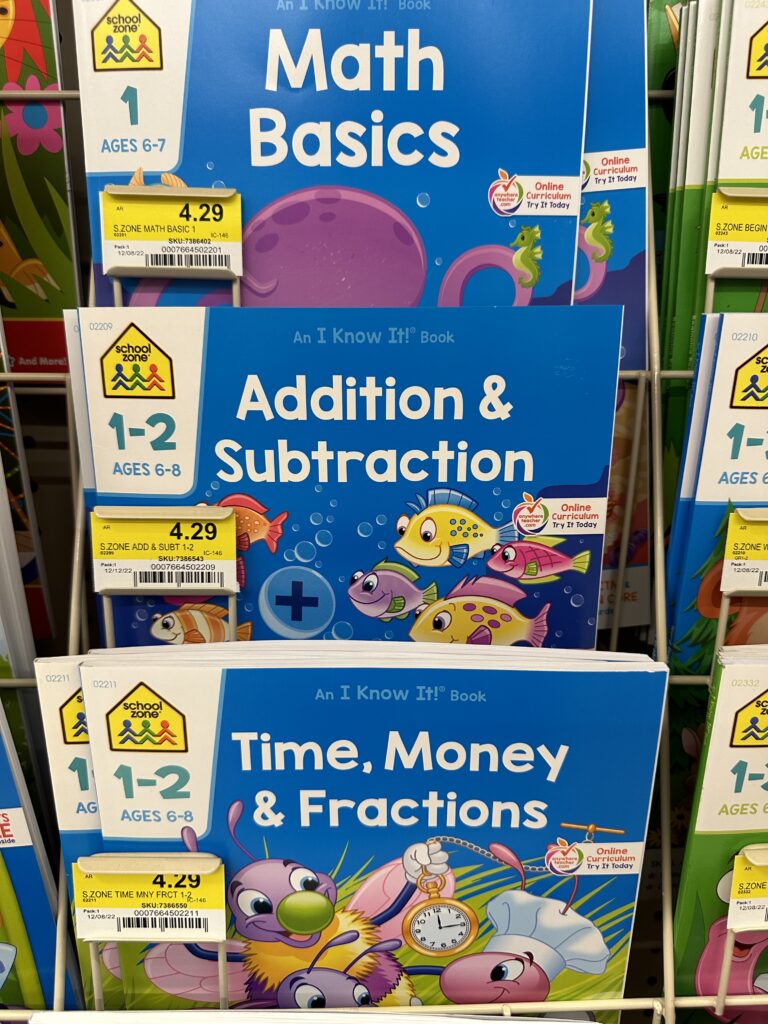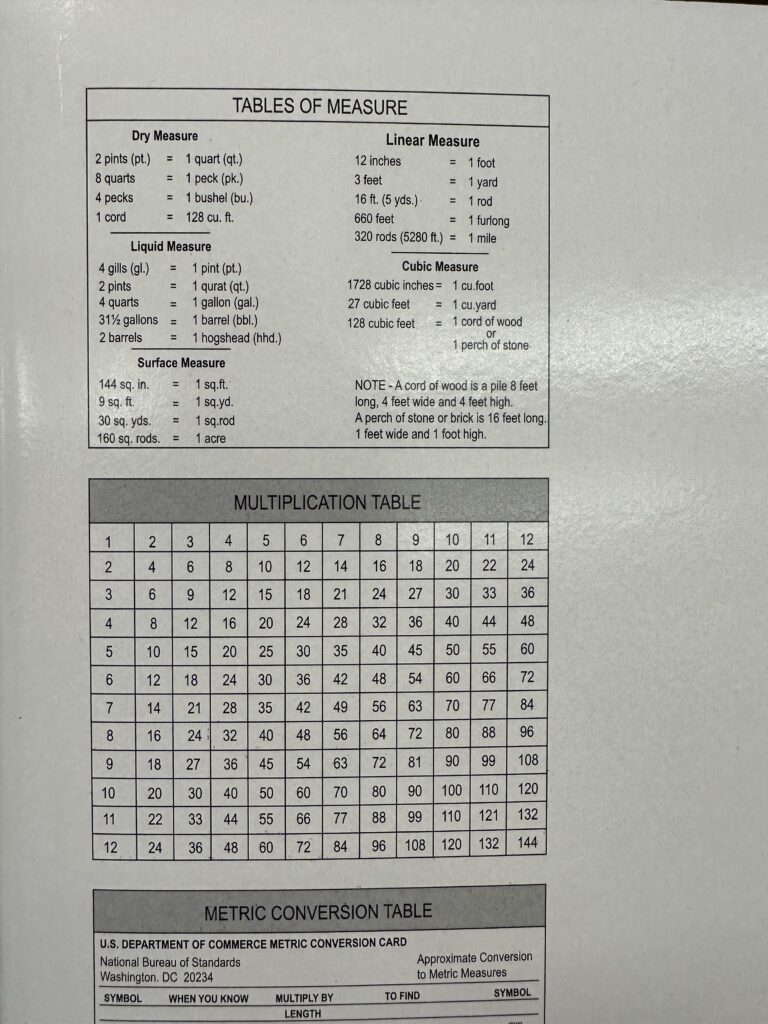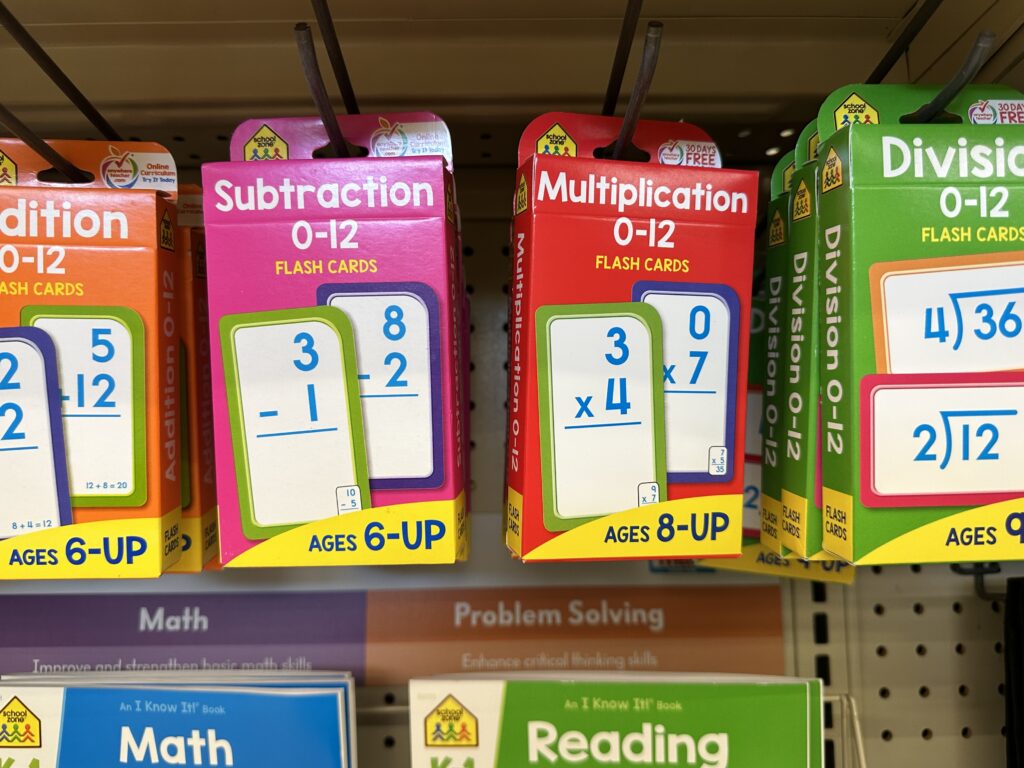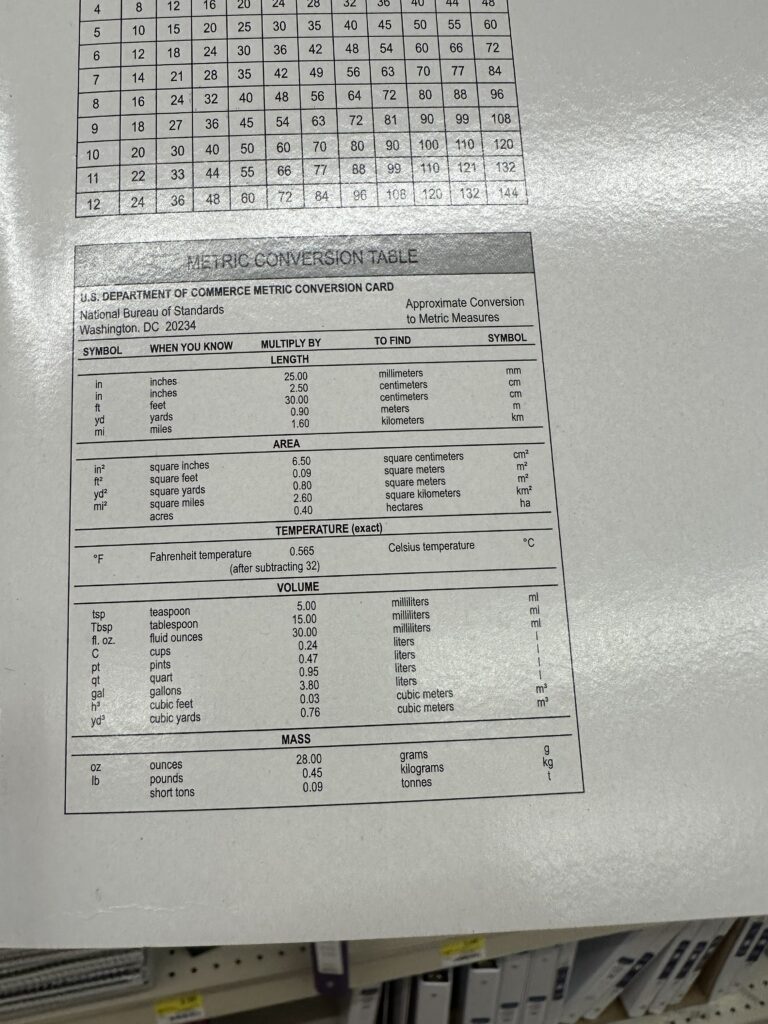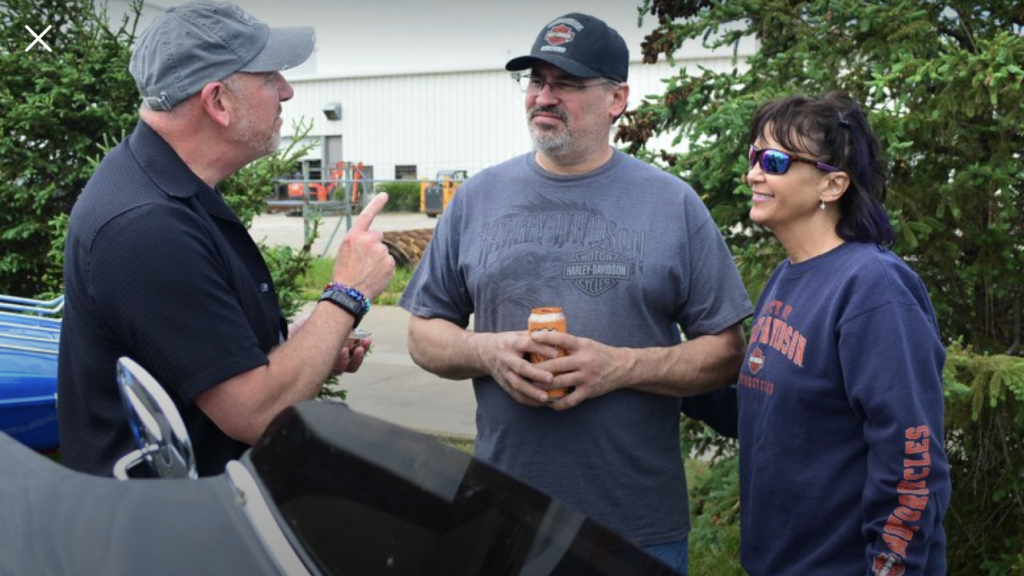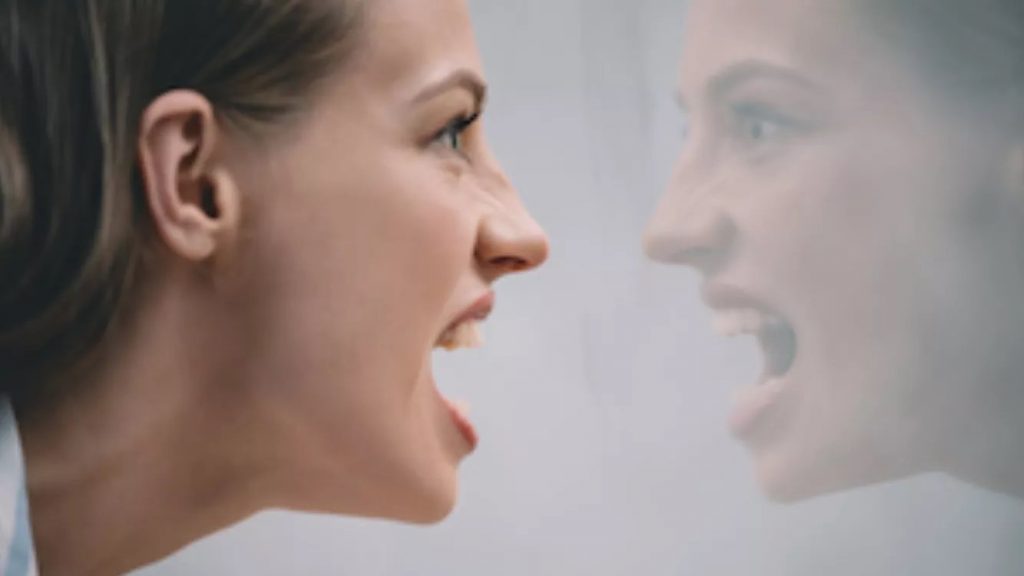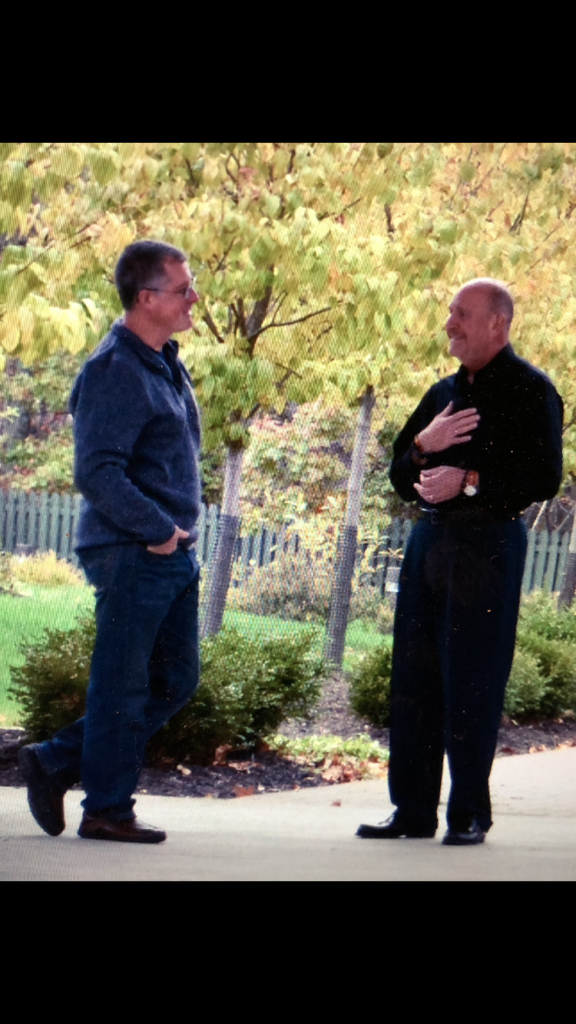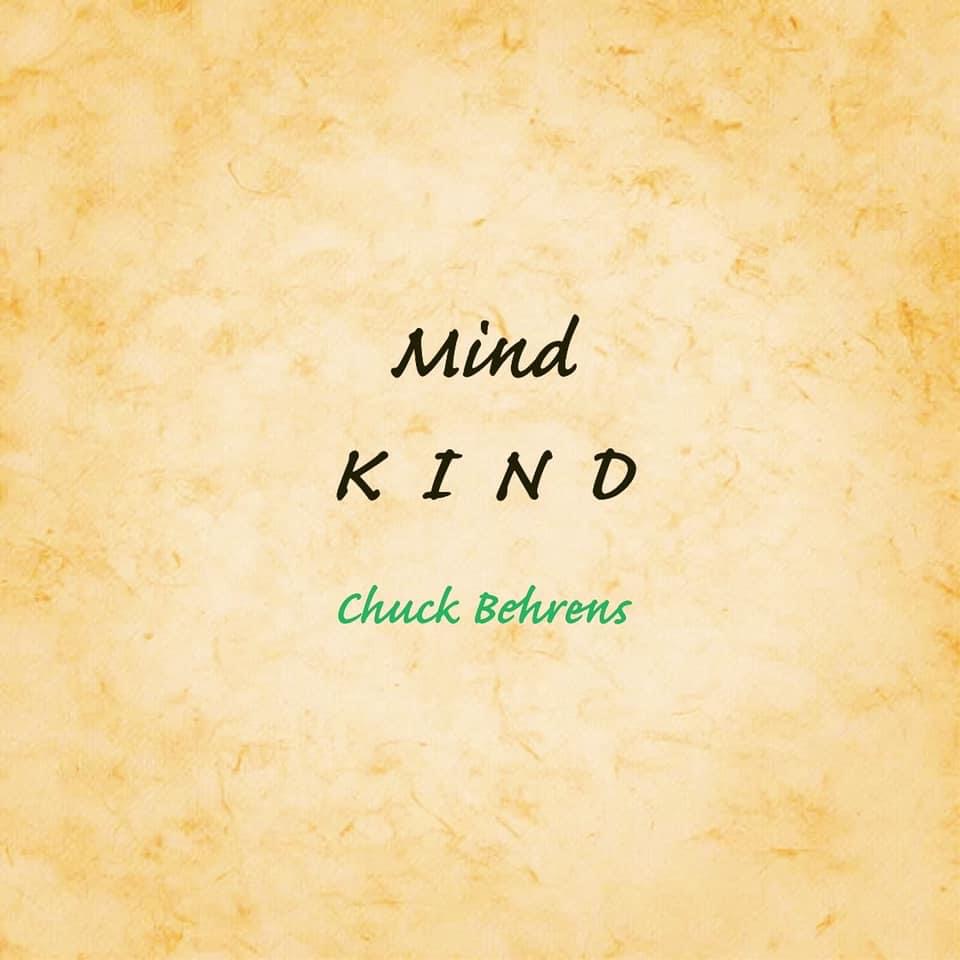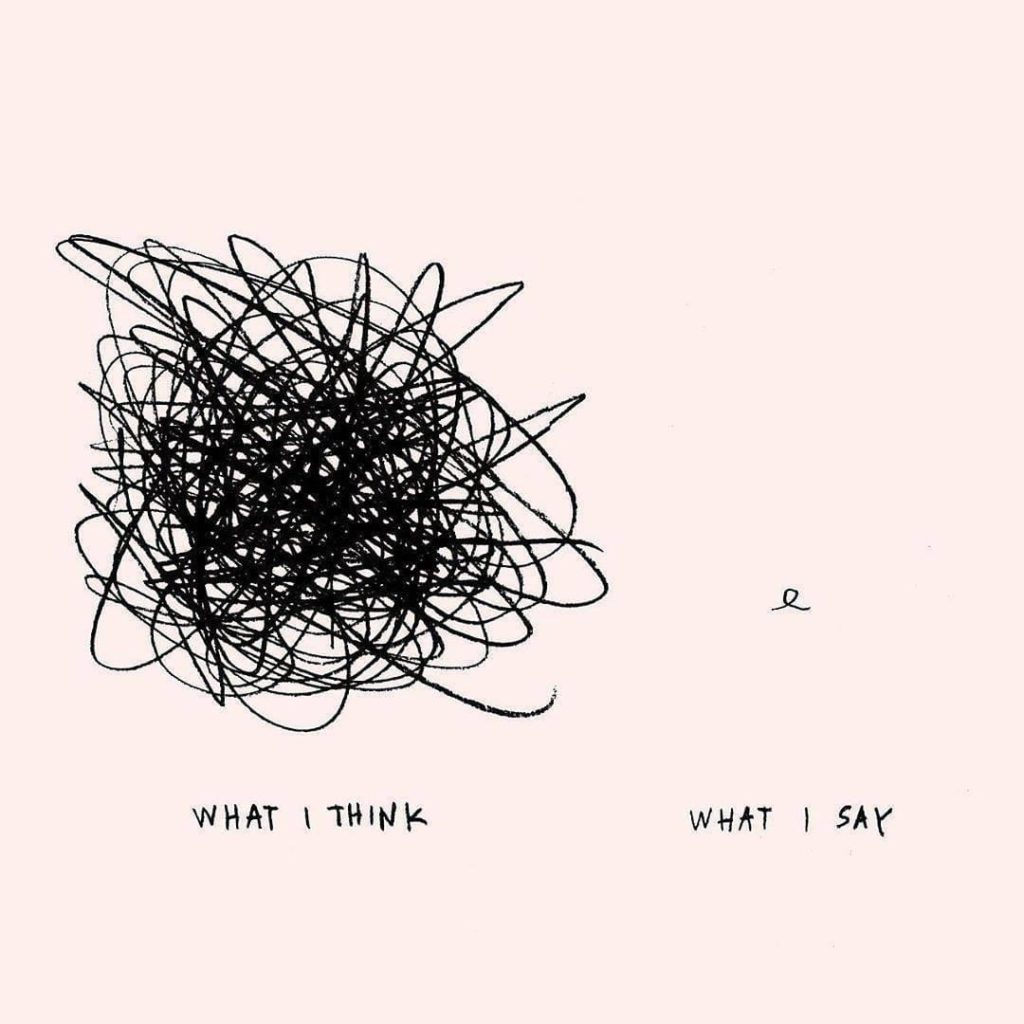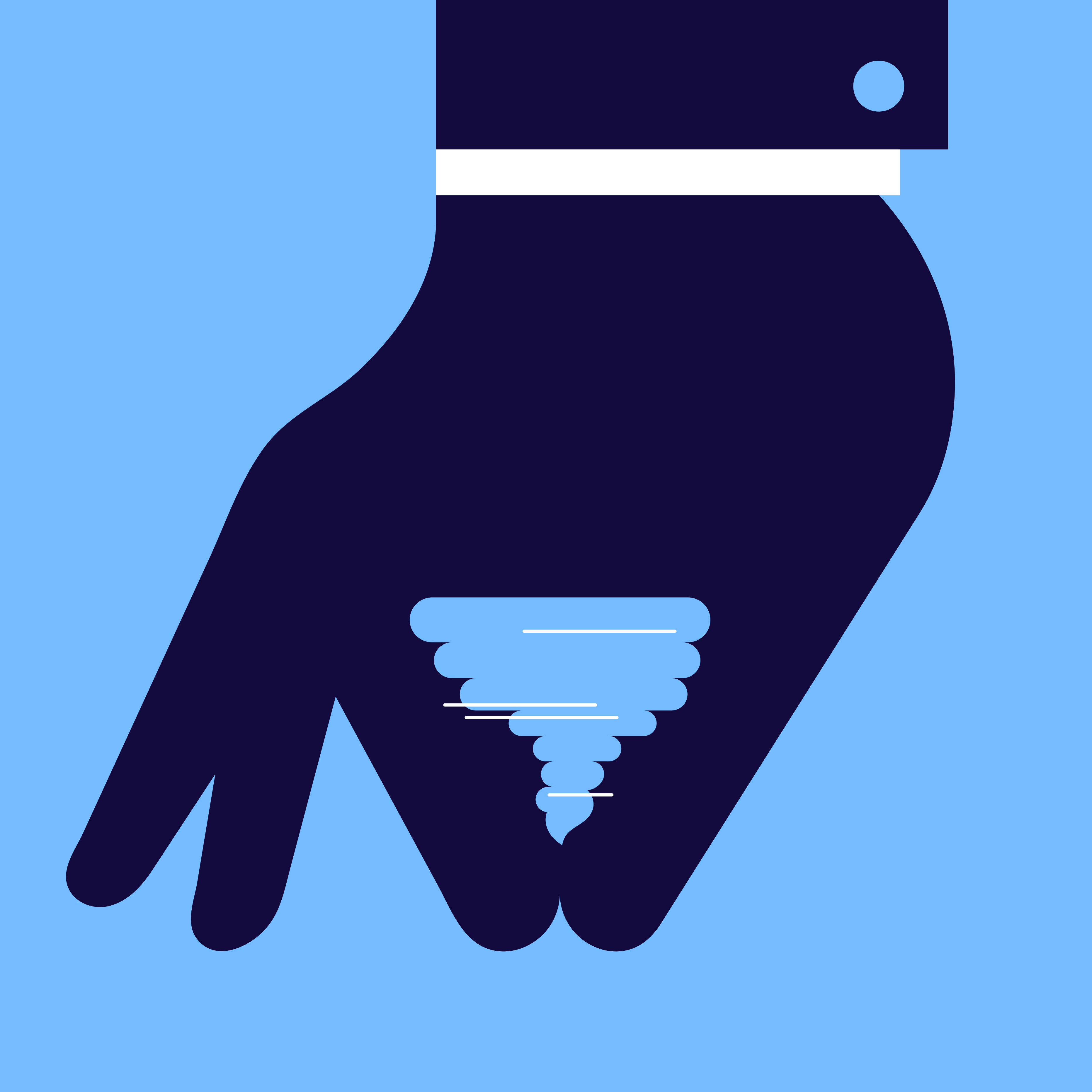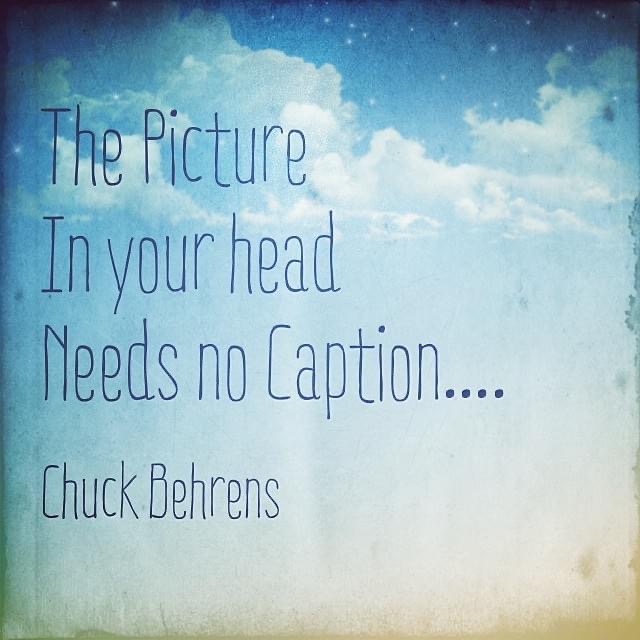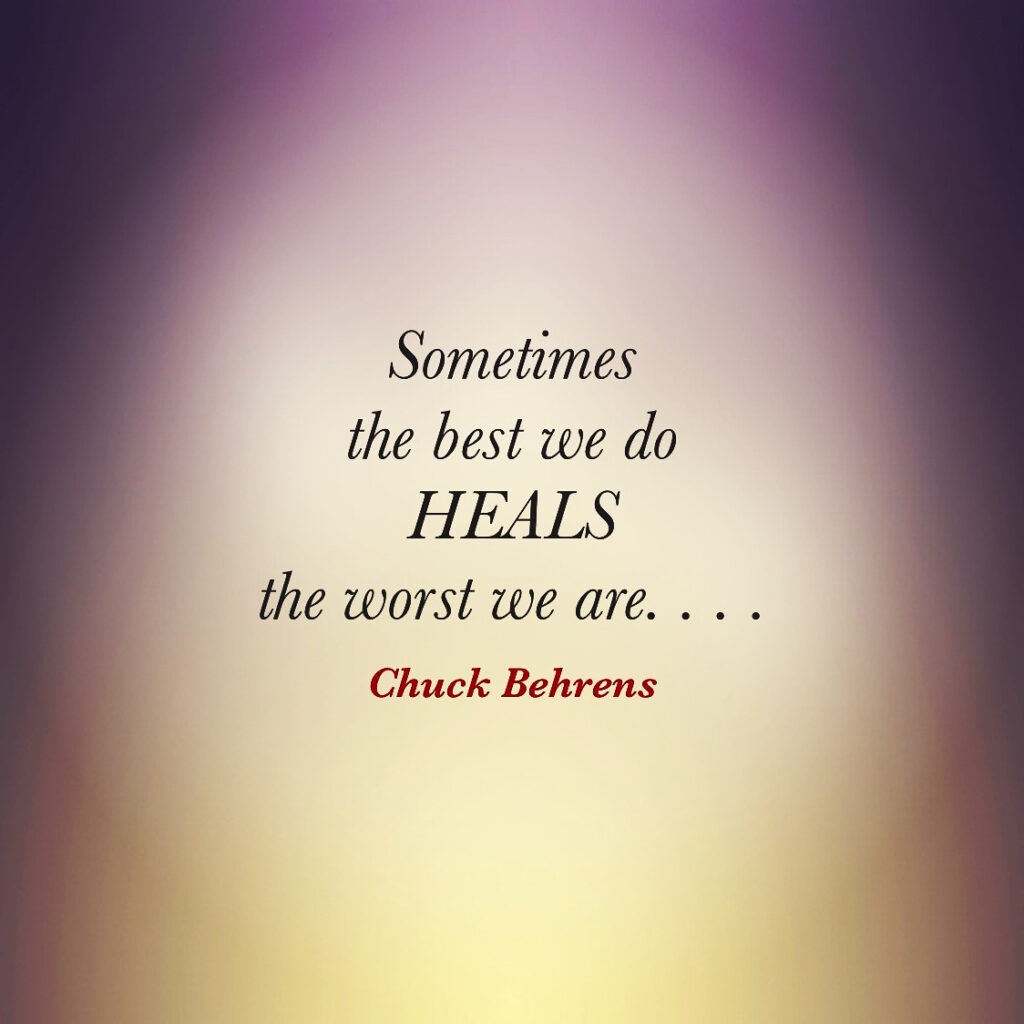I know it’s an occupational hazard, getting things others think you might like, enjoy, use because I’m a minister and a chaplain. I’ve received this video dozens of times since it was released 11 years ago, and having been ordained now for a little over 43 years and a hospice chaplain for 29 years, I get asked this one question more than any other: “WHERE WAS GOD AT________________, you can fill in the blank, yourself; at 9/11, when a loved one was dying or going through a most horrendous time, when prayers don’t seem to be answered or can’t even be prayed, WHEN BAD THINGS HAPPEN TO GOOD PEOPLE. . . ?
And YES, it’s a question we often ask during a tragedy, a sickness, an unanswered prayer, an unmet expectation but rarely during a celebration, an exceeded expectation, a painless, completely beautiful day.
As we remember, and we do, this 22nd anniversary of 9/11, WHERE WERE YOU AT ON that day. . .where are you NOW? The GREAT WHOEVER doesn’t show up in Places; the SHOWING UP comes with People; in them and from
them. . .does the SHOWING UP come with you in the tragic/triumphant and all the seemingly inconsequential unnoticed times in between. . . ?
And now, as we
R E M E M B E R
(Who we are and Who we aren’t)
may I offer you one more special video from one of my favorite poets, Billy Collins
SOMETIMES
THE GREATEST GRIEF
IS MISSING
WHAT WAS NEVER HAD
BUT ALWAYS WANTED. . .
